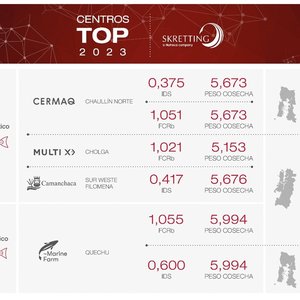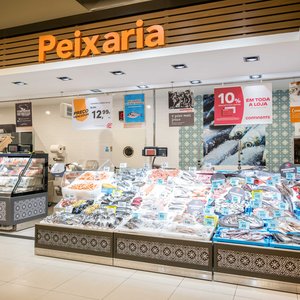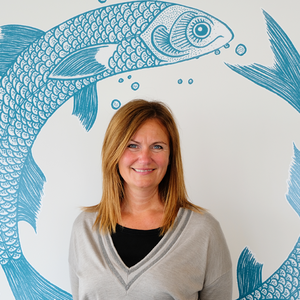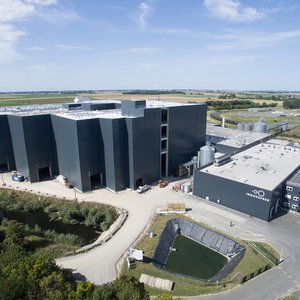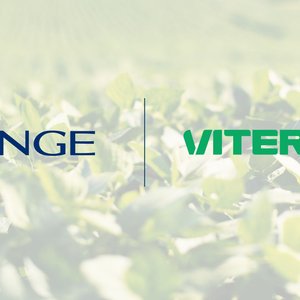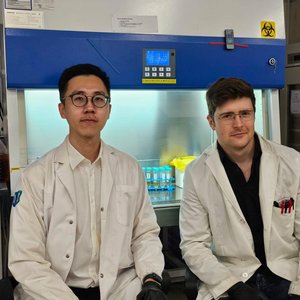GOAL 2010 projection: surge in seafood demand to challenge aquaculture production capacity
Rising global demand for seafood, driven mainly by a rapidly growing middle class in China and other Asian nations, is putting new pressure on the aquaculture industry to find sustainable ways to increase productivity. The estimates of rising demand, which far exceed earlier projections based solely on population increases, indicate that seafood demand is likely to keep rising for several decades, according to experts presenting new data at a recent meeting of international aquaculture and seafood industry leaders in Kuala Lumpur, Malaysia.
The October 17-20 Global Outlook for Aquaculture Leadership (GOAL) 2010 meeting, presented by the Global Aquaculture Alliance and the Malaysia Department of Fisheries, revealed global trends that are driving seafood demand and sustainable solutions for increased aquaculture productivity. Its momentous conclusions helped buyers and producers adjust their strategic plans to avoid potential disruptions in supply and demand.
Over three billion new consumers will join the global middle class by 2030, said keynote economist Albert Zeufack of the World Bank. Ninety percent of those citizens will live in the Asia Pacific region and account for nearly 60 percent of middle class spending, he said. With the addition of more women in the Asian workforce, greater demand for protein options and rising interest in food safety, quality and sustainability, the situation presents major opportunities for aquaculture.
China is by far the world’s leading aquaculture producer, but it is increasingly importing seafood to meet domestic demand. Economist Ragnar Tveteras evaluated economic indicators from the International Monetary Fund and World Bank to project a startling conclusion that triangulated with feedback from previous speakers on the Chinese market: China will shift from being a net seafood exporter to a net seafood importer by 2011. The country’s per-capita seafood consumption is expected to double between 2008 and 2020.
Speakers also addressed approaches for sustainably increasing seafood production to meet the rising demand by adopting improved technologies that produce more seafood with fewer resources. Robins McIntosh of the C.P. Group described advances in penaeid shrimp technology using genetically improved animals within controlled growout systems to increase productivity. Shorter cycles also drive down feed and energy costs. Other speakers suggested that expanding production into undeveloped regions, particularly Africa, would lead to important community benefits and economic development.
To assure sustainability, certification and traceability of each link in the supply chain are critical, GOAL speakers emphasized. Updates were provided on GAA’s newly released Best Aquaculture Practices standards for Pangasius and feed mills, and the status of salmon standards, which are expected soon. Meeting participants provided feedback on major issues through individual responses to questions posed through an audience response system.
A key benefit of GOAL was the opportunity for industry leaders to network during pre-conference tours, luncheons, coffee breaks and receptions. A highlight of the event was the gala reception at the prestigious Malaysian Petroleum Club, which offered a commanding view of Kuala Lumpur from the heights of the city’s trademark Petronas Twin Towers.
GOAL 2010 helped identify a pivotal point for global aquaculture production. The Global Aquaculture Alliance plans to follow up on the trends it examined in Malaysia at GOAL 2011, scheduled for Santiago, Chile, in late October or early November of next year.


